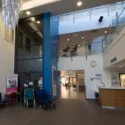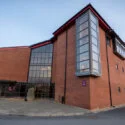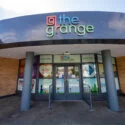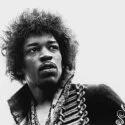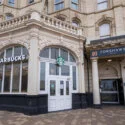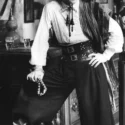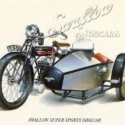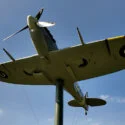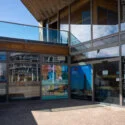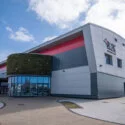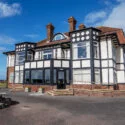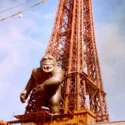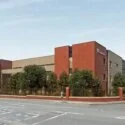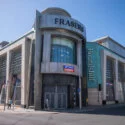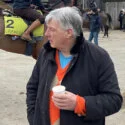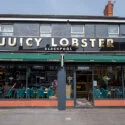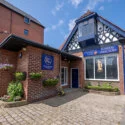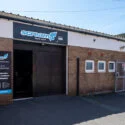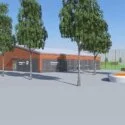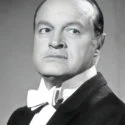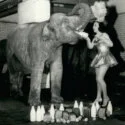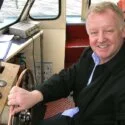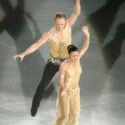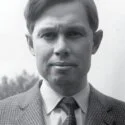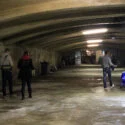The Great Promenade Show is a unique outdoor art exhibition that stretches along Blackpool’s South Promenade. Created as part of an initiative to rejuvenate the town’s seafront, it showcases a series of large-scale, interactive sculptures and installations that celebrate Blackpool’s history, culture, and vibrant atmosphere. This open-air gallery, which runs between the South Pier and Squires Gate, is a blend of public art and tourism, offering visitors a free cultural experience as they stroll along the coastline. The artworks in the Great Promenade Show were commissioned from a variety of British and international artists. Each piece is designed to reflect aspects of Blackpool’s rich identity, from its status as a centre for entertainment and seaside fun to its architectural heritage. Among the standout pieces is “The High Tide Organ,” an environmental sculpture by Liam Curtin and John Gooding that uses the motion of the sea to create music. Another popular work is “The Mirror Ball” by Michael Trainor, the world’s largest mirror ball, which glistens in the sunlight and rotates slowly, reflecting the surroundings and evoking Blackpool’s famous nightlife and glamour.
Other notable installations include “Desire,” a wind-powered sculpture that mimics the movement of a skipping rope, and “Glam Rocks,” a playful nod to the town’s musical history and entertainment scene. The artwork is often described as whimsical, interactive, and thought-provoking, with many pieces inviting physical interaction, making it a great attraction for families and art enthusiasts alike. Since its inception, the Great Promenade Show has not only become a key feature of Blackpool’s regeneration efforts but also a symbol of the town’s forward-thinking approach to combining art with tourism. The exhibit adds a fresh dimension to Blackpool’s traditional attractions, helping to redefine its image as a modern cultural destination.
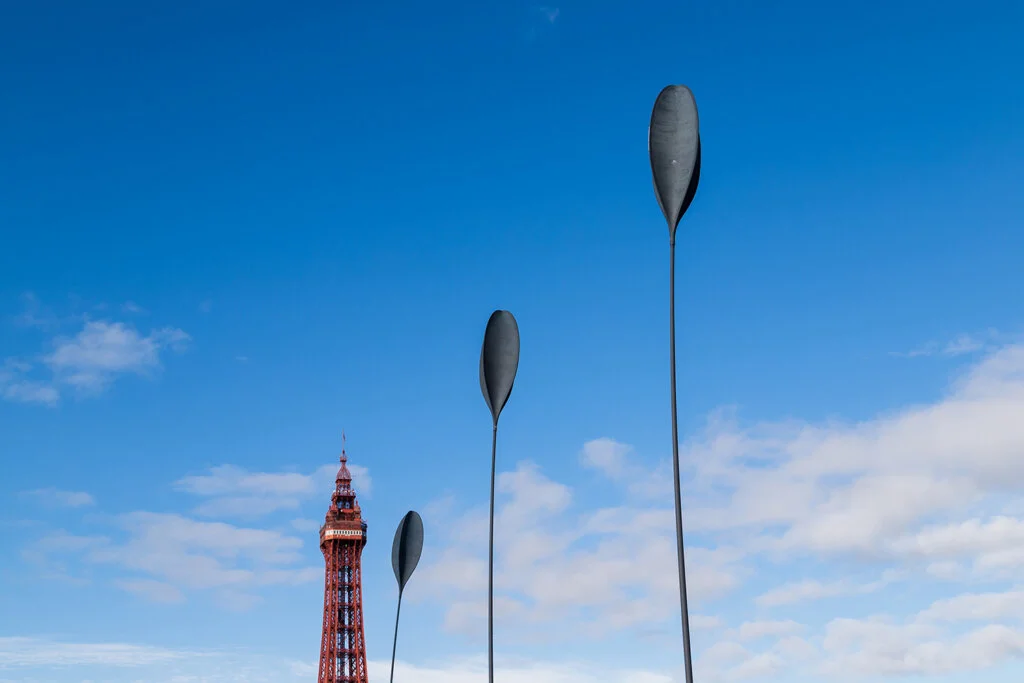
The Giant Spoons statue in Blackpool, a striking piece of public art, was installed in 1994 as part of the town’s efforts to enhance its cultural and artistic landscape. Created by artist Alan Dun, the sculpture is located on the South Promenade, near Blackpool’s South Pier.
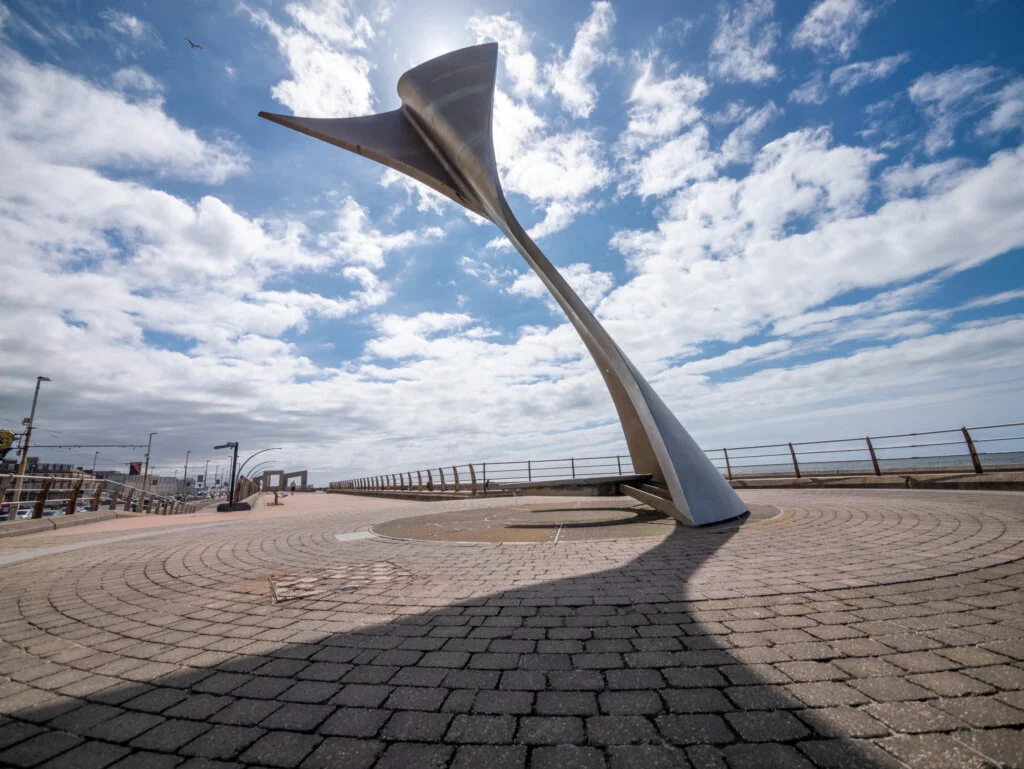
The Whale Tail sculpture in Blackpool is a notable piece of public art that adds a unique and playful element to the town’s seafront. Located on the South Promenade near the entrance to the Sandcastle Waterpark, this striking artwork was designed by artist and sculptor Andrew McKeown and unveiled in 2001.
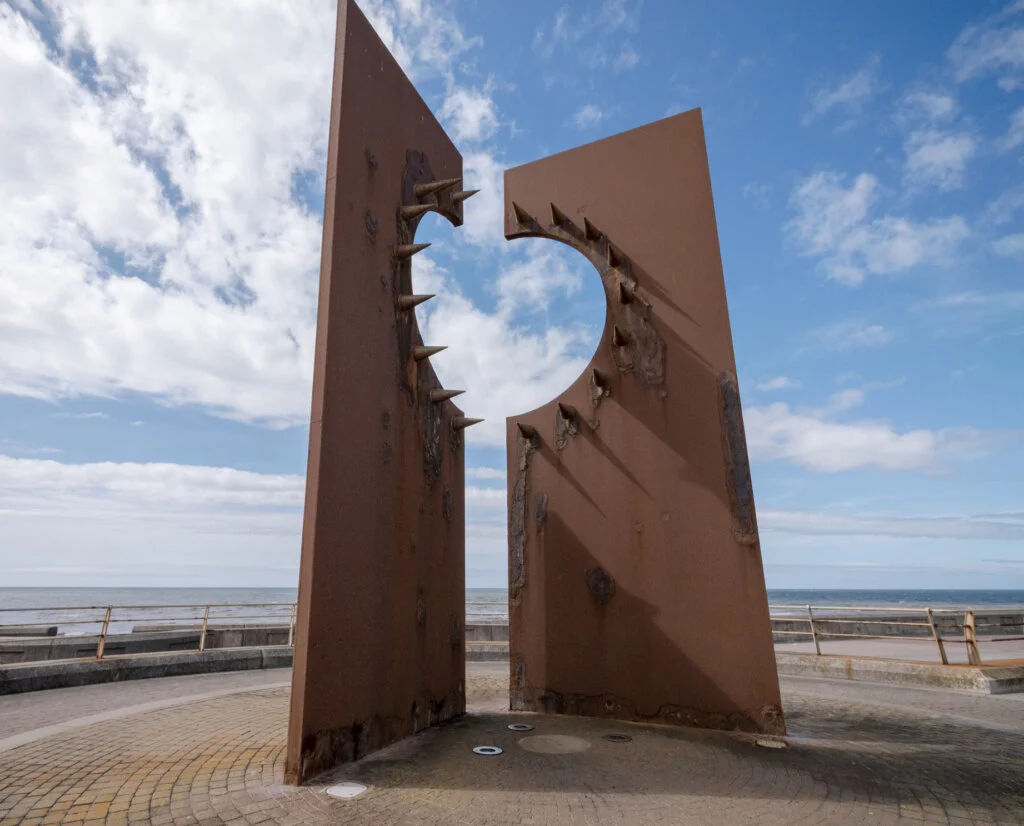
The Desire sculpture in Blackpool is a striking piece of contemporary public art that has become an integral part of the town’s artistic landscape. Created by artist and sculptor Sean Henry, the sculpture was unveiled in 2011 and is situated on the South Promenade near the Blackpool Pleasure Beach. The Desire sculpture in Blackpool is a striking piece of contemporary public art that has become an integral part of the town’s artistic landscape. Created by artist and sculptor Sean Henry, the sculpture was unveiled in 2011 and is situated on the South Promenade near the Blackpool Pleasure Beach.
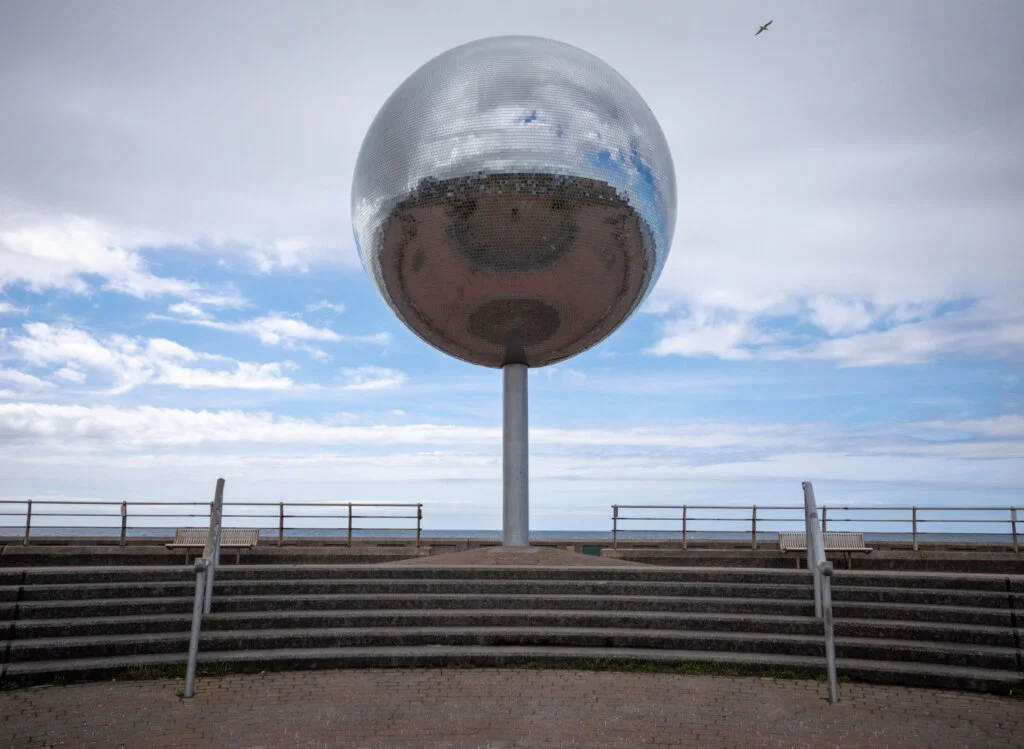
The Blackpool Mirror Ball is a striking public art installation located on the Blackpool Promenade. Designed by artist Tony Hurst and unveiled in 2009, this eye-catching sculpture is celebrated for its dazzling display of light and colour. Standing at an impressive 5 metres in diameter, it is one of the largest mirror balls in the world.
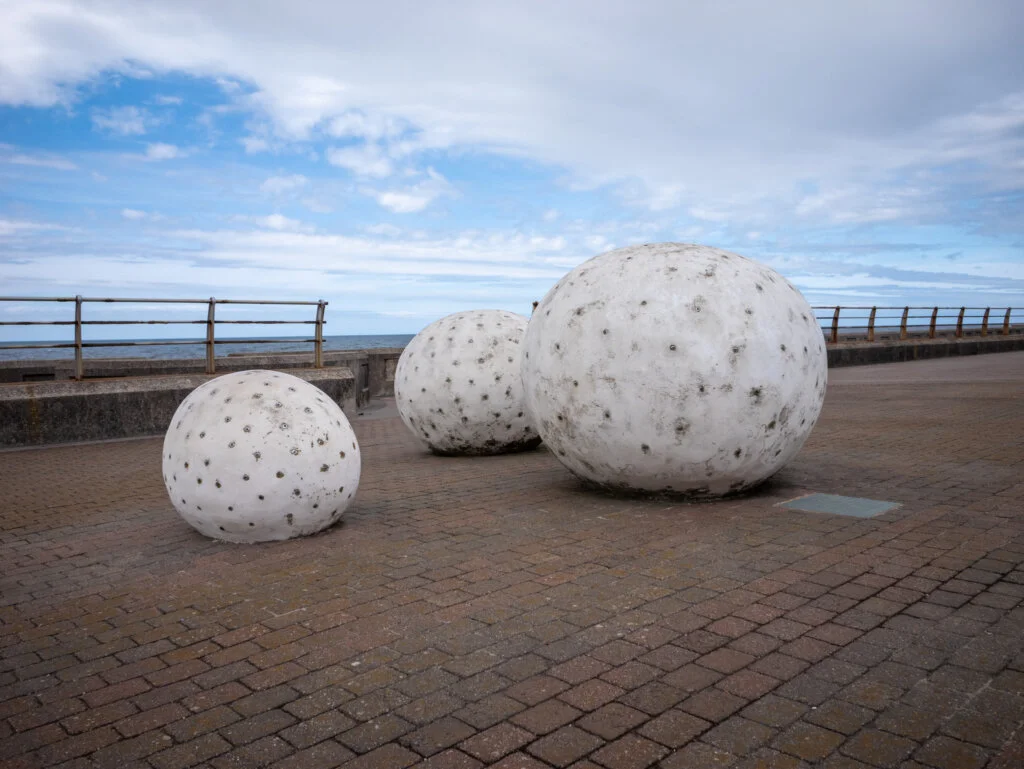
The Glamrocks sculpture in Blackpool is a striking and contemporary piece of public art that pays tribute to the town’s vibrant cultural heritage. Unveiled in 2008, this sculpture is a bold celebration of Blackpool’s rich tradition in entertainment and its connection to the glam rock era of the 1970s.
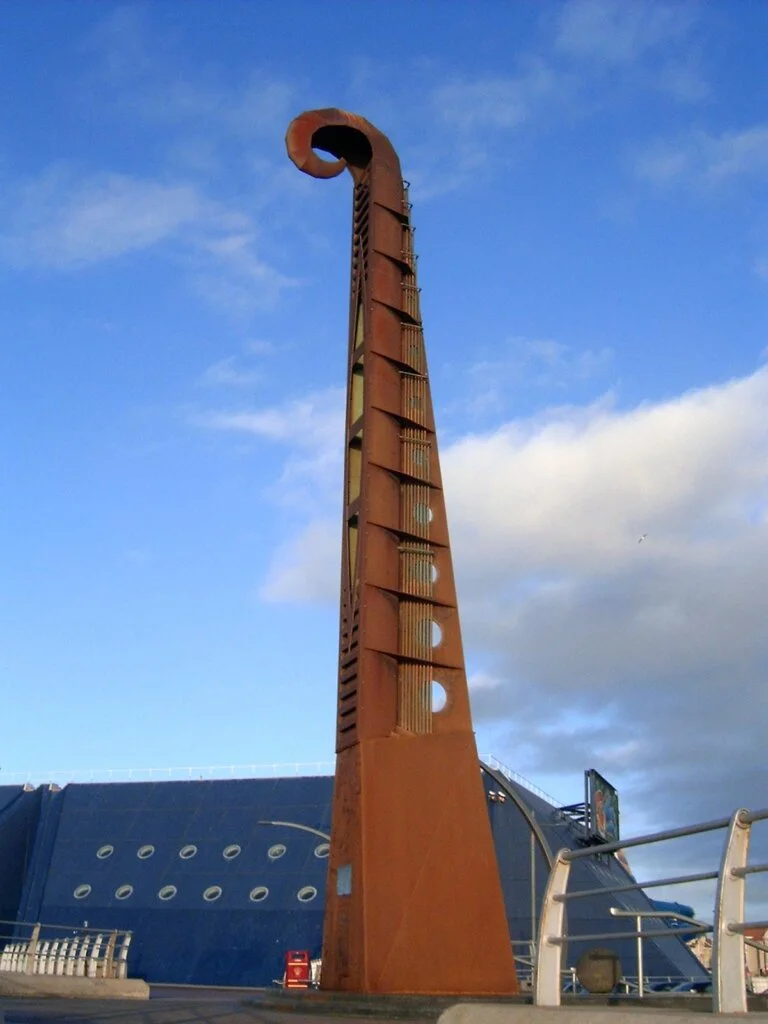
This photo of the High Tide Organ was taken by MattKitty – CC BY 3.0
The High Tide Organ, designed by artists Liam Curtin and John Gooding, was built from concrete, steel, zinc, and copper. Its innovative design utilised wave energy to symbolise the interplay between Blackpool’s natural and urban environments. The organ functioned by using high tide waves to push air through eight pipes affixed to the sea wall, which connected to 18 organ pipes beneath the promenade. As the waves swelled, they produced sound through the pipes. The optimal time to hear the instrument was typically two to three hours before or after high tide, though it remained silent on calm days. Its pitch, based on the harmonic series in B flat, placed the High Tide Organ among a small group of self-playing instruments, similar to aeolian harps and wind chimes.
In 2019, Curtin voiced concerns about the deteriorating condition of the instrument, attributing safety issues to a lack of maintenance. A health and safety inspection followed, indicating that the organ needed yearly assessments. By 2021, Curtin called for its removal, expressing frustration and stating that for nearly 20 years, he had urged the council to maintain the artwork, sometimes out of concern for public safety. He added that he had even undertaken repairs himself, at his own expense. With the sculpture suffering from extensive corrosion, it was ultimately removed in December 2021.
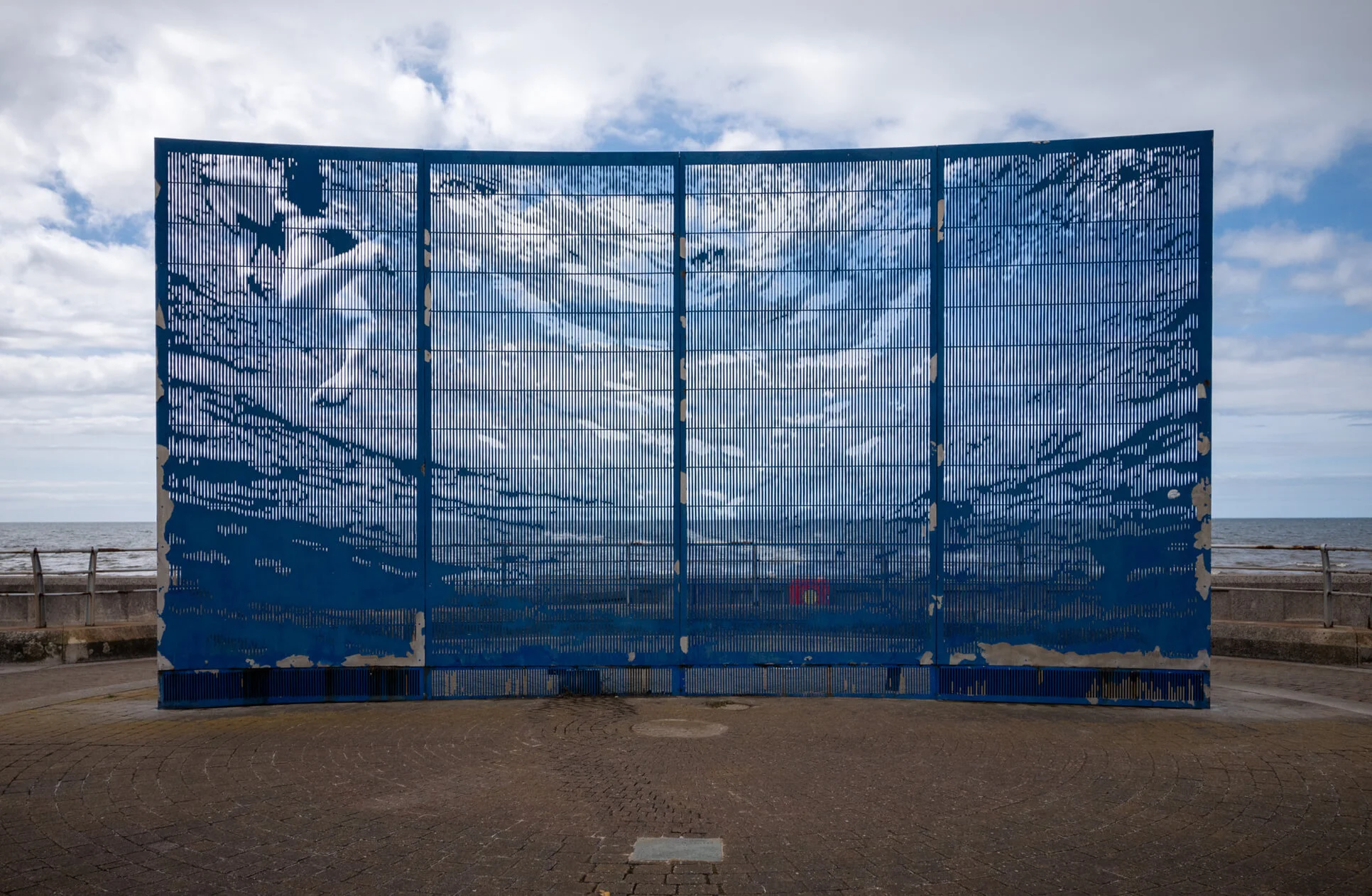
Created in 2001 by Bruce Williams, this piece dubbed ‘Water Wings’ showcases four curved, panoramic panels crafted from laser-cut stainless steel depict a dramatic seascape viewed from below, featuring a lone young swimmer relying solely on inflated armbands for support.
Featured Image © Deeper Blue Marketing & Design Ltd
Images by © Deeper Blue Marketing & Design Ltd

